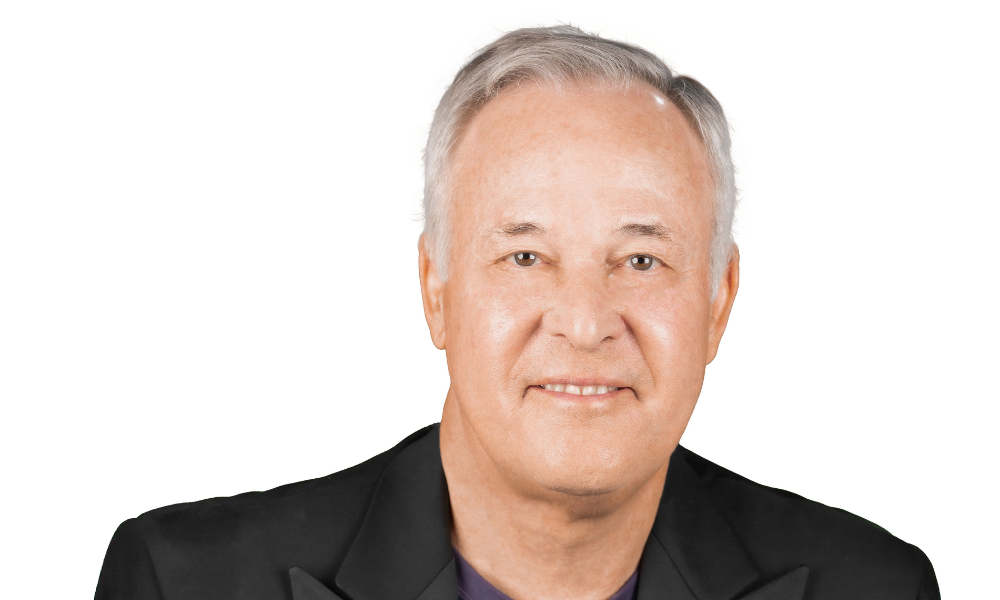This is no cycle, industry veteran says

The volatility of the housing market is no cycle, but a fundamental change in the nature of mortgage lending for the foreseeable future, an industry veteran said.
Dan Hanson, who has worked in the mortgage business closing in on 40 years, spoke with Mortgage Professional America about the challenges facing the market. Along the way, the loanDepot executive laid out his vision of a future landscape where lenders as we know them today will be irrevocably altered.
“I don’t think we’re ever going to be the same,” Hanson said. “I don’t think this is a cycle. I think this is a fundamental change in the landscape of mortgage lending. That means we all – loanDepot included – have had to make difficult decisions, have had to make adjustments, are going to figure out how to reach the consumer in a more efficient way, manufacture our products less expensively, compete on a more price-based basis. And I think that’s OK. I think that’s an evolution in our business.”
A permanent disruption of the mortgage space
In light of less volume due to fewer loan originations, many mortgage lenders have had to lay off thousands of workers since 2022. The current market is beset by higher interest rates, ever-increasing property values and stubborn inflation, which have further exacerbated lenders’ bottom lines. Adding to the strange mix: An untold number of homeowners who secured historically low mortgage rates in the 2%-3% during the spread of COVID-19 are now in ‘golden handcuffs’, unable or unwilling to relinquish rates by moving.
“This is not just a cycle,” Hanson reiterated. “This is a permanent disruption of the mortgage space. Companies like Rocket [TPO] and UWM [United Wholesale Mortgage] - a lot of companies are looking at those kinds of models to see if that makes sense.”
Hanson noted that loanDepot itself has had to dramatically adjust to the times, chiefly by exiting the wholesale channel altogether. In the process, the company laid off some 3,000 workers as it sought to readjust to the altered landscape.
“We pulled out of wholesale,” Hanson said. “We’re out. A lot of companies just got out. But retail, direct lending and joint ventures are the three platforms we’re going to maintain and continue to grow, and we are investing technology money, investment money, to stay. We may never get into the wholesale space in the future.”
Aberrations have been thrown into the works
Having surveyed the fractured landscape, he wonders what could have been. “I look at what’s happening with interest rates. I often wonder if somebody very smart years ago had said the lowest rate the US is going to have is 4% and the highest rate the US is going to have is 6% and we will never get below or above it - I wonder if we would have been better off then, than if we had gone to 0% to 8% to 13% - that really ravages our business.”
And don’t forget about that weird yield curve, with short-term interest rates exceeding long-term rates. In normal times, the yield curve is not inverted since debt with longer maturities typically carries higher interest rates than nearer-term counterparts.
“And now we’ve got this unusual situation with an almost-two-year inverted yield curve,” Hanson noted. “I’ve never seen that in my life. This is preventing ARM products from being available and is freezing the mortgage market. Where there are people with 3% mortgages from 2020 and the only thing you can offer is 7.5% fixed – it’s just frozen; it’s just stuck here.”
The Fed’s tactic of quantitative easing further threw a wrench in the works, Hanson suggested. The Federal Reserve took to the practice during the COVID-19 pandemic when the central bank increased its holdings of government bonds and mortgage-backed securities to inject bank reserves into the American economy. Bolstering the money supply lowers interest rates while providing liquidity to the banking system – thus allowing banks to lend with more favorable terms.
“The Federal Reserve had quantitative easing for a while,” Hanson said. “They bought a lot of mortgages and then they stopped. And now, the spread on the 10-year Treasury versus mortgages is the widest I’ve ever seen. It’s like three points – it’s crazy.”
Further evidence of loanDepot’s efforts to adjust is seen in Hanson’s new role at the lender. He was recently appointed to the newly created position of executive director of enterprise partnerships and acquisitions. In that position, Hanson will be on the search for potential purchases of other businesses and opportunities to forge strategic partnerships. Formerly, since 2019, he served as executive director, in-market retail – where he focused on product development, sales training and recruitment to support the growth and retention of the channel.
It’s pulling out all the stops on what Hanson calls a “mortgage depression” until the choppy waters are stilled. “They say it’s always temporary,” Hanson noted. “But how long can you hold your breath under water?”
Want to make your inbox flourish with mortgage-focused news content? Get exclusive interviews, breaking news, industry events in your inbox, and always be the first to know by subscribing to our FREE daily newsletter.



